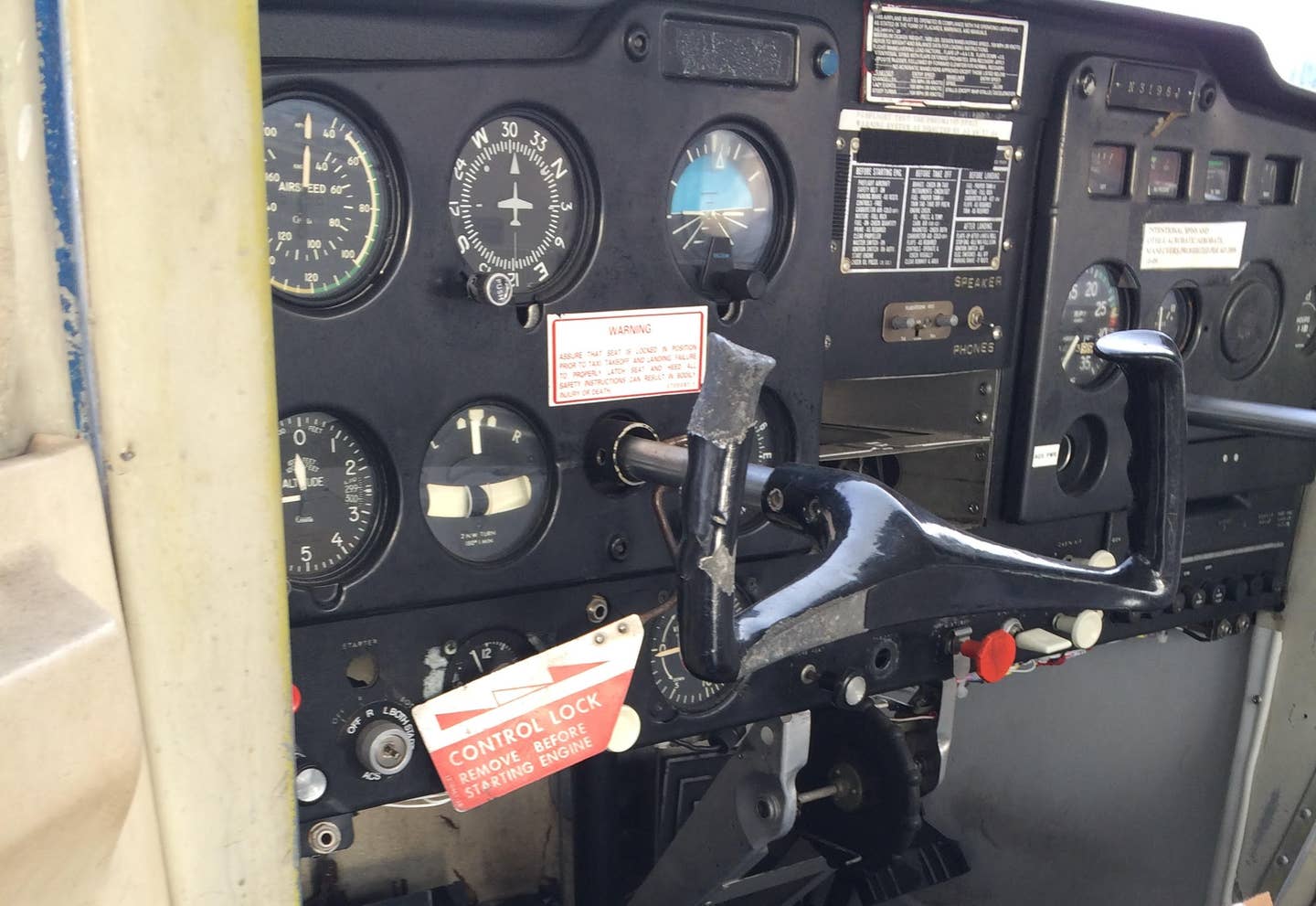Cockpit Communication Skills Matter for Instructors
The challenge of sending and receiving the message takes on extra importance for training flights.

Communication is key in aviation training. [Shutterstock]
"Have you ever flown an NDB approach?"
To me this seems like a straightforward question. The answer is either yes or no. However, the CFI I posed this question replied, "Maybe."
"Maybe?" I queried. "You either have, or you have not."
"Maybe," he replied again with a cheesy grin. There was an awkward pause. It was the kind of smartass comeback you expect from middle schoolers who aren’t getting enough attention at home. If the question has a yes or no answer, "maybe" is a waste of time. I was not the only person in the room who felt that way. There were other CFIs present. A look passed between us, and there was an eye roll or two. I took his reply as a no and filed him under “CFIs Not to Fly With,” because if you do not have the capacity to answer a yes-or-no question directly in the calm space of an FBO lobby, I question your communication skills in the faster-paced environment of the cockpit.
- READ MORE: Pilots Need to Follow Instructions
Talk to Me, Goose
Communication is vital in any learning environment, and especially so in aviation, where failure to communicate, which means sending a message and the learner picks it up and responds appropriately, can lead to getting behind the aircraft or misunderstanding the situation and acting inappropriately—with very bad results, in some cases.
An example of this is the learner who made things very real during a simulated loss of engine power exercise at altitude. His instructor coached him to "check the mags one at a time to see if one is bad." Instead the learner shut off the mags and handed the CFI the key. The aircraft was 3,000 feet in the air. The CFI quickly verbalized the corrective action. The learner didn't seem to understand the gravity of the situation (pun intended), so the CFI grabbed the key and remedied it with altitude to spare. When they got back on the ground, the learner was confused because when the CFI told him to “check the magnetos” as part of the loss of engine power scenario, he interpreted that as “turn the magnetos off.”
This story was shared in a CFI meeting. The CFI said they hadn't done a preflight brief on the process, and the moral of the story was communication is very challenging in the loud and distraction-filled environment of the cockpit, so make sure you do a thorough pre-briefing before each lesson. The CFI in this case said he had walked his learner through the loss of engine power checklist and procedure, but perhaps he could have been more clear about the process for checking operation of the magnetos. This could have been addressed in the brief.
The preflight brief tells you want to expect for the flight. "What do you want to do today?" is not a brief. Pull out that syllabus and talk about the task to be performed. At the bare minimum, this briefing should include the lesson objective, how it will be achieved, performance standards to strive for, and common errors to watch out for. This is true for every lesson from laps in the pattern—I want to see airspeed, procedures, and good radio calls—to cross-country flights that involve navigation and groundspeed checks.
If you want to get the most out of your flight lessons—read that, getting the most out of your time and money—insist on a preflight brief. I submit that many learners and some instructors skip this part of the flight lesson or rush through it because the school's emphasis is getting the airplanes in the air. If the learners flail around, not picking up the task they are supposed to, that's more hours for both the CFI and flight school.
Sometimes the learner doesn't want the brief. Every CFI has had somebody like this. I watched a CFI I trained cut the preflight briefing on steep turns short because the learner, eager to get into the air, kept interrupting him and asking unrelated questions. Realizing the learner was already checked out mentally, the CFI sent them out to do the preflight inspection on the aircraft. The concepts of vertical and horizontal components of lift had not been explained.
"Are you still doing the steep turn lesson?" I asked.
The CFI shrugged, saying he planned to, and anticipated an interesting experience when the learner had trouble holding altitude and didn't know why, or how to compensate for the loss of lift. He was correct.
When they walked back into the FBO an hour later, the learner stated he had to “fight” the airplane in the turns and wondered if something was wrong with it because he had to adjust his bank angle and use trim to hold altitude “like crazy.”
During the debrief, the CFI explained the concept of lift being like a bank account—you have X number of “lift dollars” to spend on the horizontal component of lift to pull the airplane around the turn, and what is leftover keeps the aircraft at altitude.
The learner was a bit put out, wanting to know why the CFI hadn't told him this before they got into the airplane.
"I tried to," the CFI replied. "But you were in such a hurry to get into the air, you weren't listening to me."

Subscribe to Our Newsletter
Get the latest FLYING stories delivered directly to your inbox






